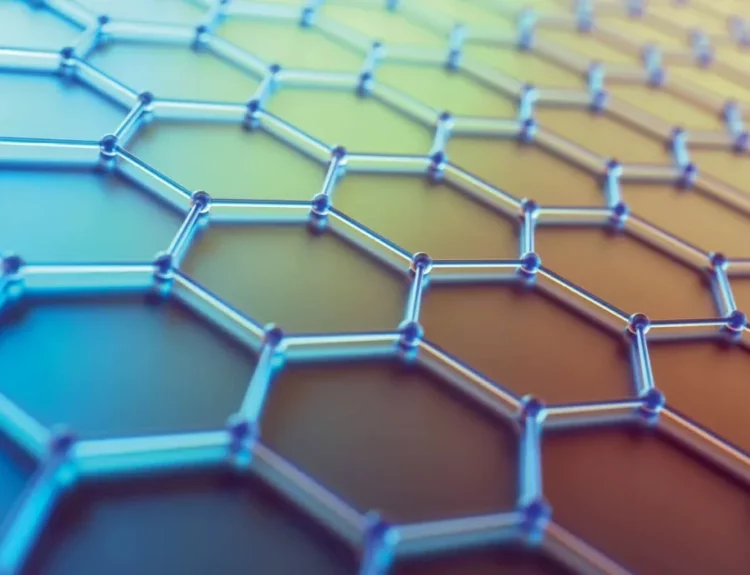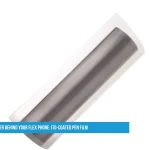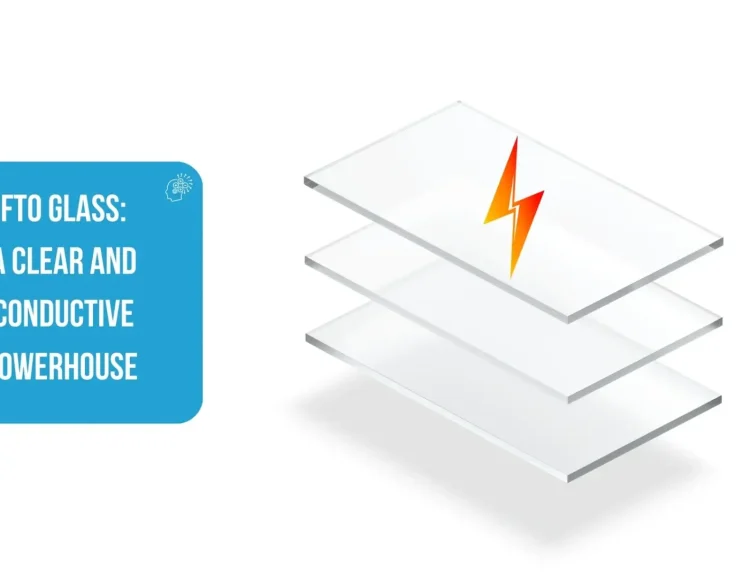Introduction: From Science Fiction to Your Closet
Imagine your morning run. Your shirt doesn’t just absorb sweat; it analyzes it, tracking your hydration levels in real-time. Your jacket gently warms you as the temperature drops, powered by a battery thinner than a credit card. Later, you throw your workout clothes in the wash, without a second thought for the electronic circuits woven into them.
This isn’t a scene from a distant future. It’s the dawn of a new era powered by wearable electronics and e-textiles—and it’s being built with one of the most incredible materials ever discovered: graphene. Specifically, the revolution is being printed, painted, and woven using graphene ink. This article will break down how this “super-ink” works and why it’s set to transform the technology we wear.
What is Graphene? The Superhero of Materials
To understand graphene ink, we first need to meet graphene itself. Often called a “wonder material,” graphene is a single layer of carbon atoms locked together in a repeating hexagonal pattern, like atomic-scale chicken wire.
Its superpowers are legendary:
- Incredibly Thin: It is the first truly two-dimensional material, just one atom thick.
- Astoundingly Strong: It’s about 200 times stronger than steel.
- Amazingly Conductive: It conducts electricity and heat better than copper or silicon.
- Flexible & Transparent: You can bend, fold, and see right through it.
- For years, scientists struggled with how to use these powers in real-world products. The answer came from turning this solid marvel into a liquid solution.
So, What Exactly is Graphene Ink?
Think of graphene ink like the ink in your printer, but instead of colored dyes, it’s filled with millions of tiny, microscopic graphene flakes. These flakes are suspended in a liquid solvent to create a paste or ink.
Because it’s a liquid, we can use simple, cheap, and scalable methods to apply it:
Screen Printing (like printing a t-shirt design)
Inkjet Printing (like using a desktop printer)
Spray Coating or Painting
This allows us to “draw” or “print” electronic circuits directly onto surfaces, turning almost anything into a smart device.
Why is Graphene Ink the Perfect Match for Your Clothes?
Traditional electronics are rigid and brittle. Our bodies and clothes are soft, flexible, and in constant motion. Graphene ink is the perfect glue between these two worlds.
It’s Flexible and Durable: Circuits made with graphene ink can be bent, folded, and stretched thousands of times without cracking. You can wash it, and it will survive. Washability and durability are the holy grail for e-textiles.
It’s Breathable and Comfortable: Unlike sewing chunky wires into fabric, graphene ink can be printed in incredibly thin, lightweight, and even transparent layers. You can barely feel it, and it doesn’t stop the fabric from breathing, making it comfortable for all-day wear.
It’s Safe for Skin (Biocompatible): Graphene is non-toxic and safe for prolonged contact with human skin. This is essential for health monitors that need to track your body’s signals 24/7 without irritating.
It’s Efficient: Graphene’s superb conductivity means printed sensors and heaters are highly effective and don’t require much power to run, preserving precious battery life.
Bringing Ideas to Life: Real-World Applications
This technology is already moving from the lab to the marketplace. Here’s what it enables:
Next-Level Health Monitors: A sports bra or athletic shirt could have graphene sensors printed inside that track your breathing, heart rate, muscle exertion, and even electrolytes in your sweat in real-time, sending all the data directly to your phone for analysis.
Personalized Climate Control: Graphene ink heats up efficiently and evenly when a small electric current passes through it. Imagine a jacket or gloves that you can dial to your perfect temperature using a simple app, all powered by a small, flexible battery.
Interactive Fashion and Safety: A dress with printed graphene circuits could light up with customizable LED patterns. For cyclists or construction workers, clothing could have integrated, unbreakable light strips for increased visibility and safety.
Energy Storage: Soon, you might not need a separate power bank. Researchers are developing methods to print graphene-based batteries or supercapacitors directly onto clothing fabric, thereby creating energy storage that is integrated into the garment itself.
The Future is Being Printed
The most exciting part of this revolution is how it will be made. Graphene ink is ideally suited for roll-to-roll printing—a high-speed process similar to printing a daily newspaper. This means we could one day mass-produce bright clothing and flexible electronics as quickly and cheaply as we print t-shirts today, making this amazing technology accessible to everyone.
Conclusion: A New Layer of Technology
Graphene ink harnesses the mythical powers of a super-material and transforms them into a practical, paintable, and printable tool. It’s the key that unlocks a future where our electronics are no longer complex, separate devices we carry, but a soft, flexible, and invisible part of our world—starting with the very clothes we wear. The flexible revolution is here, and it’s being printed one shirt at a time.





